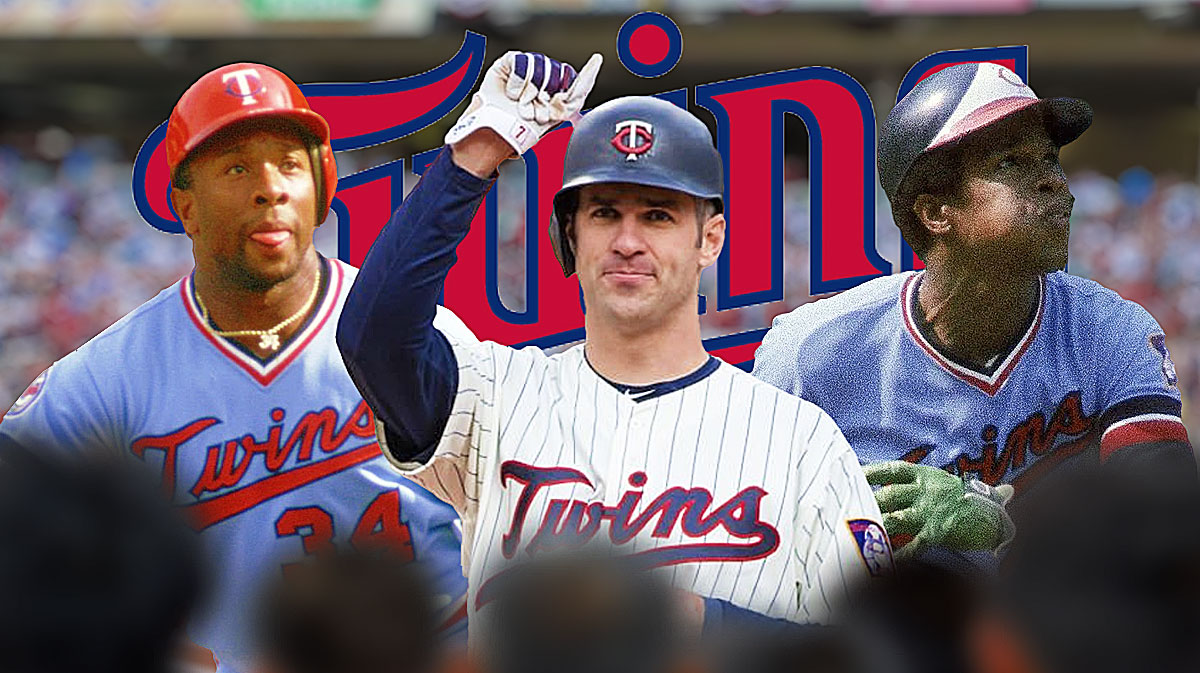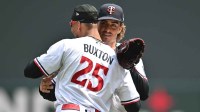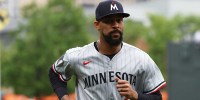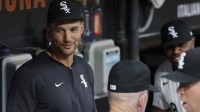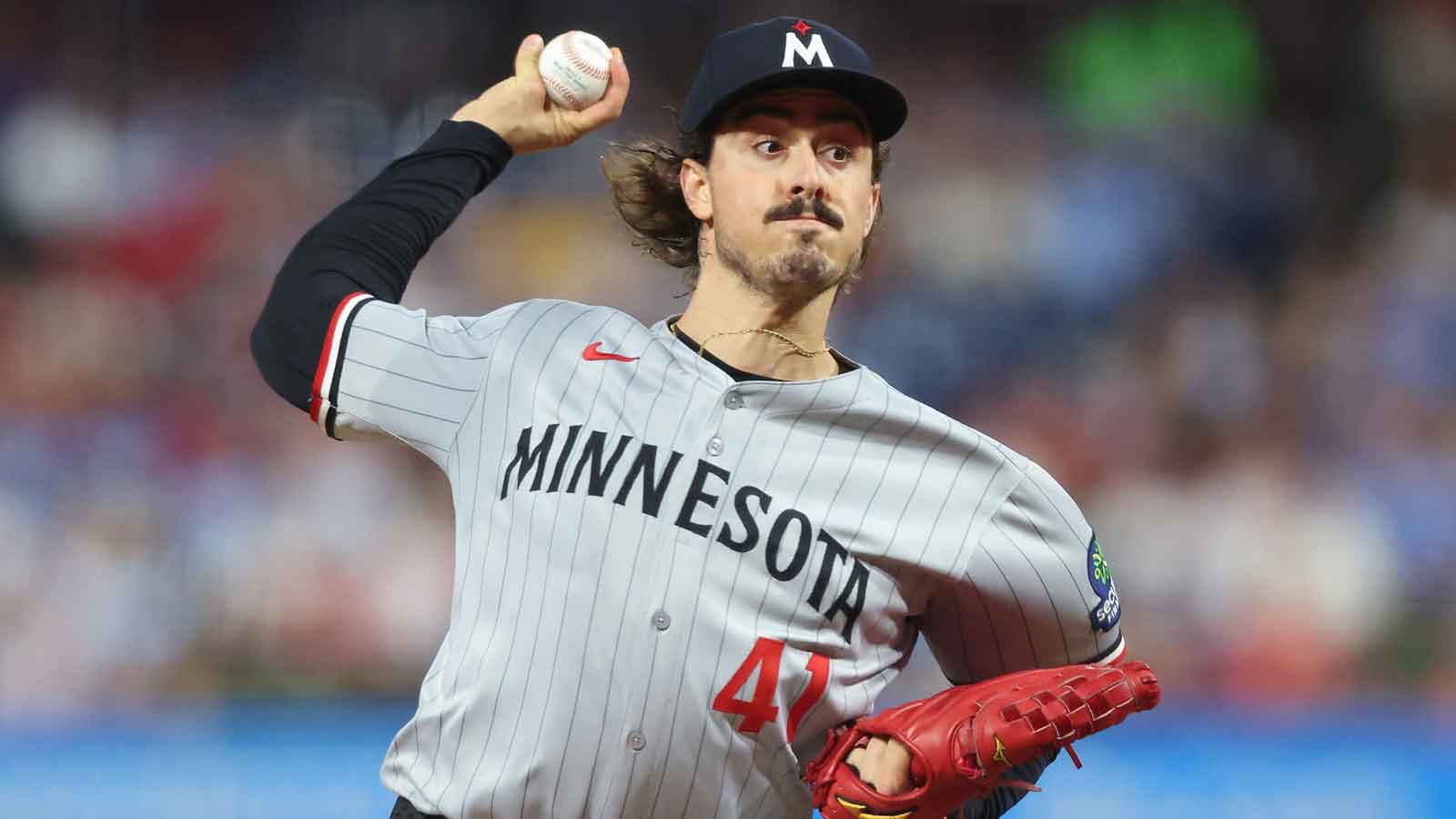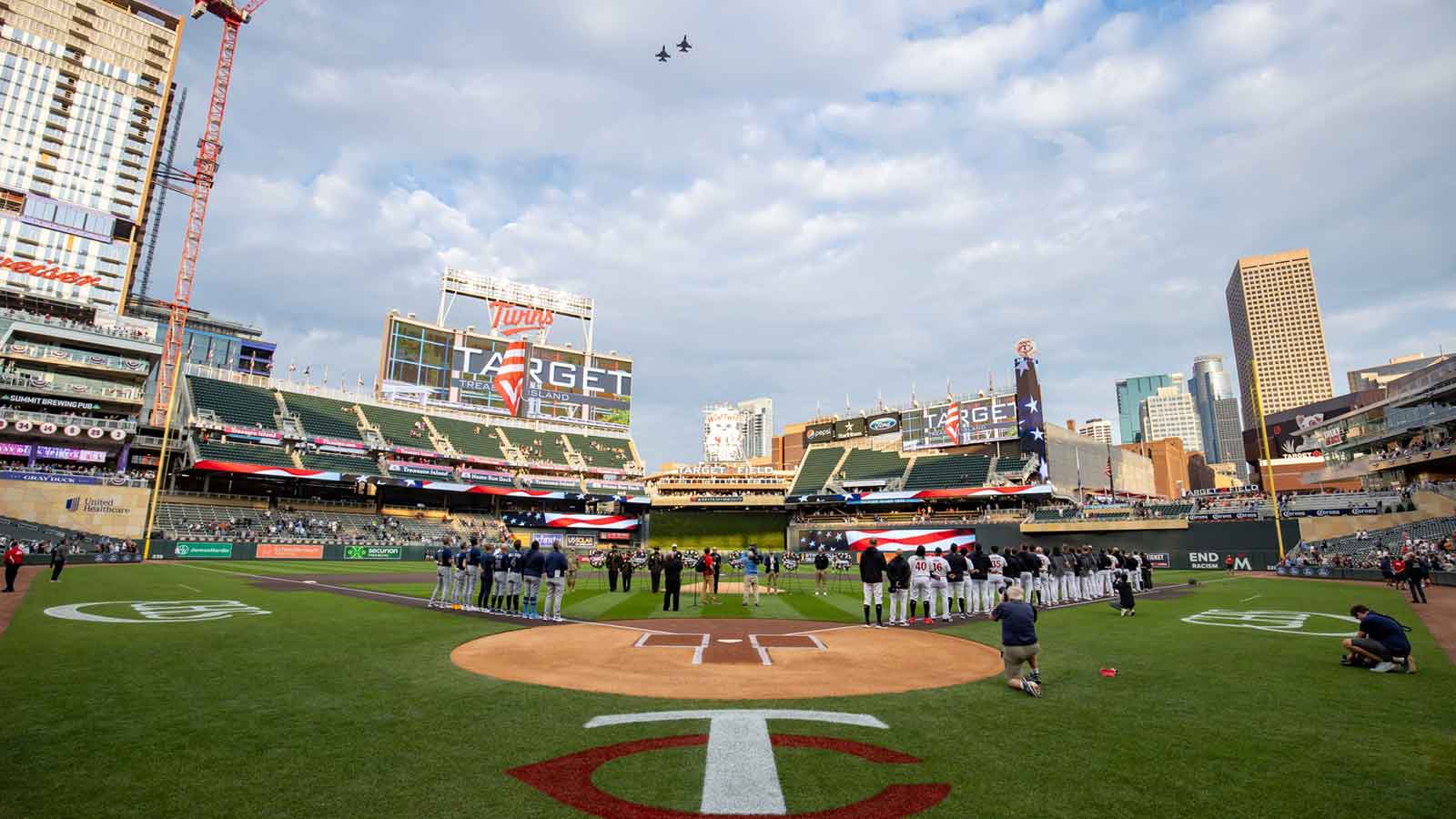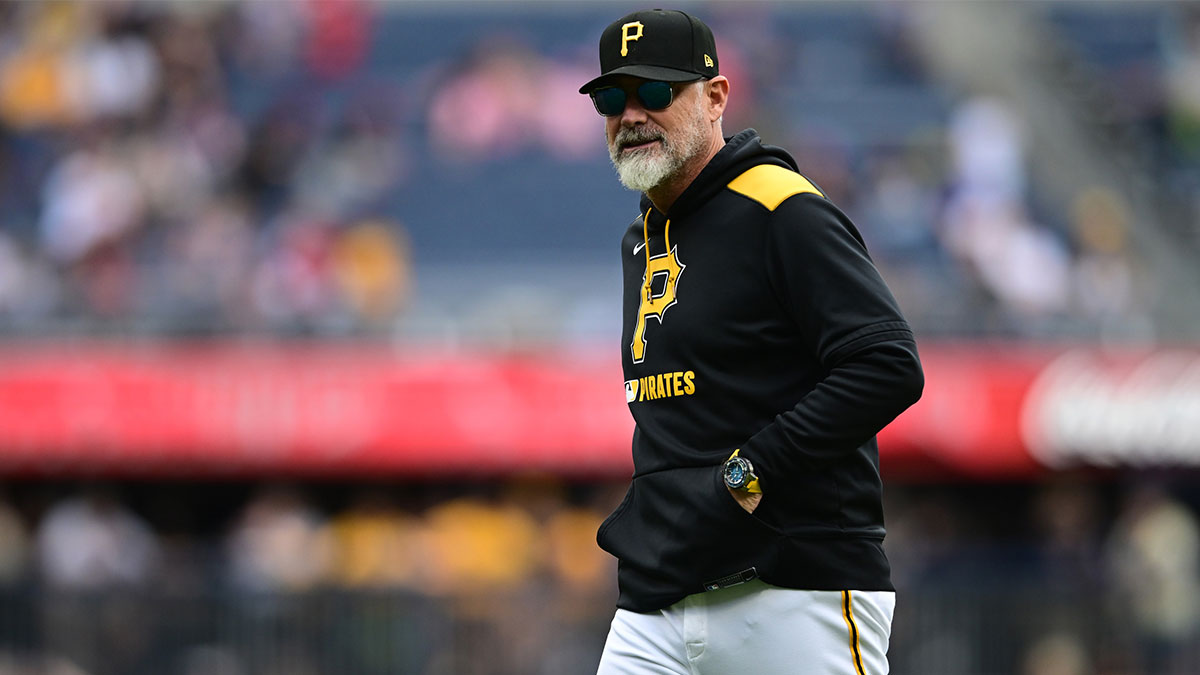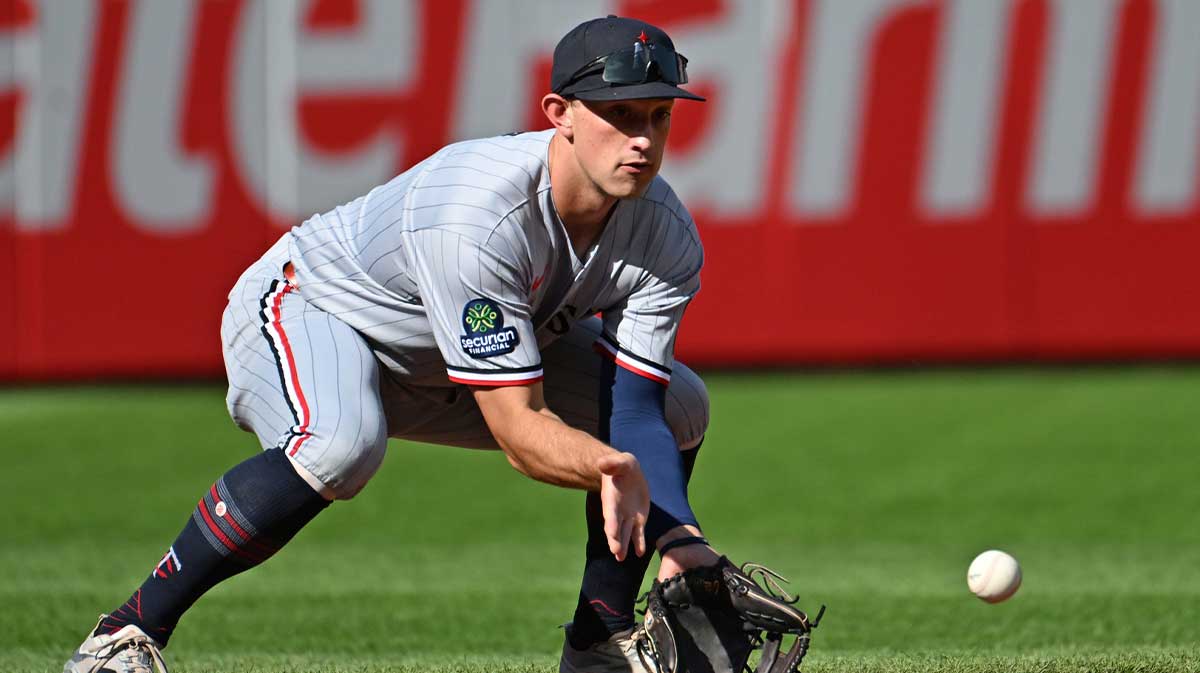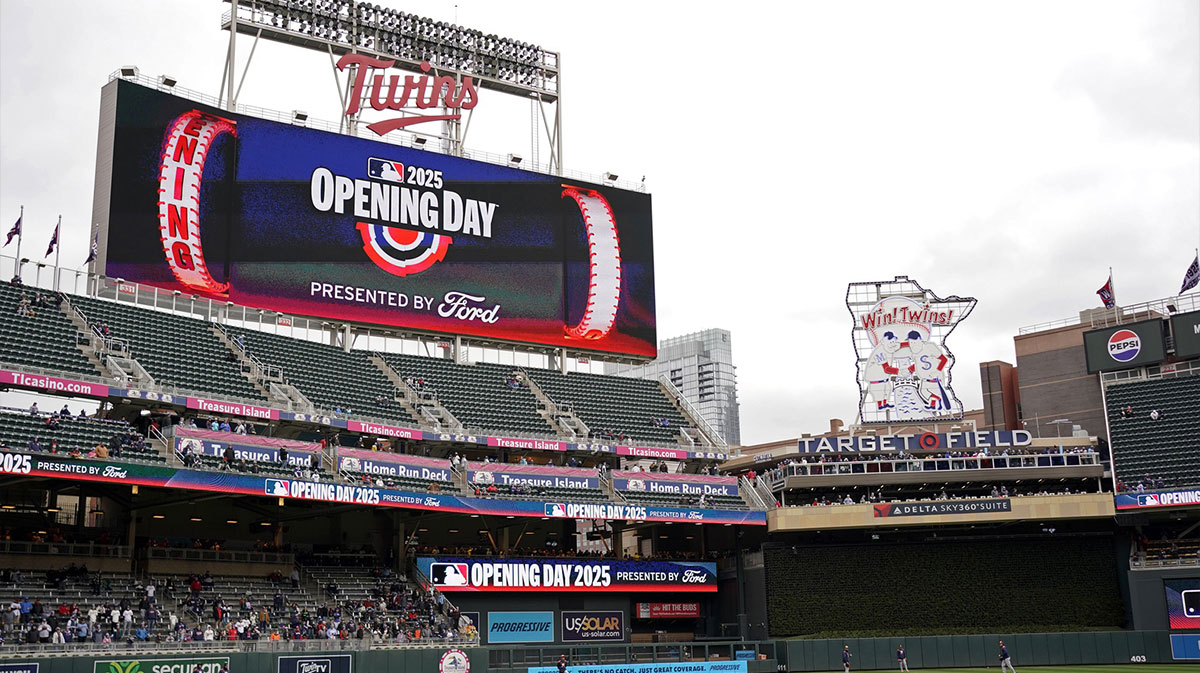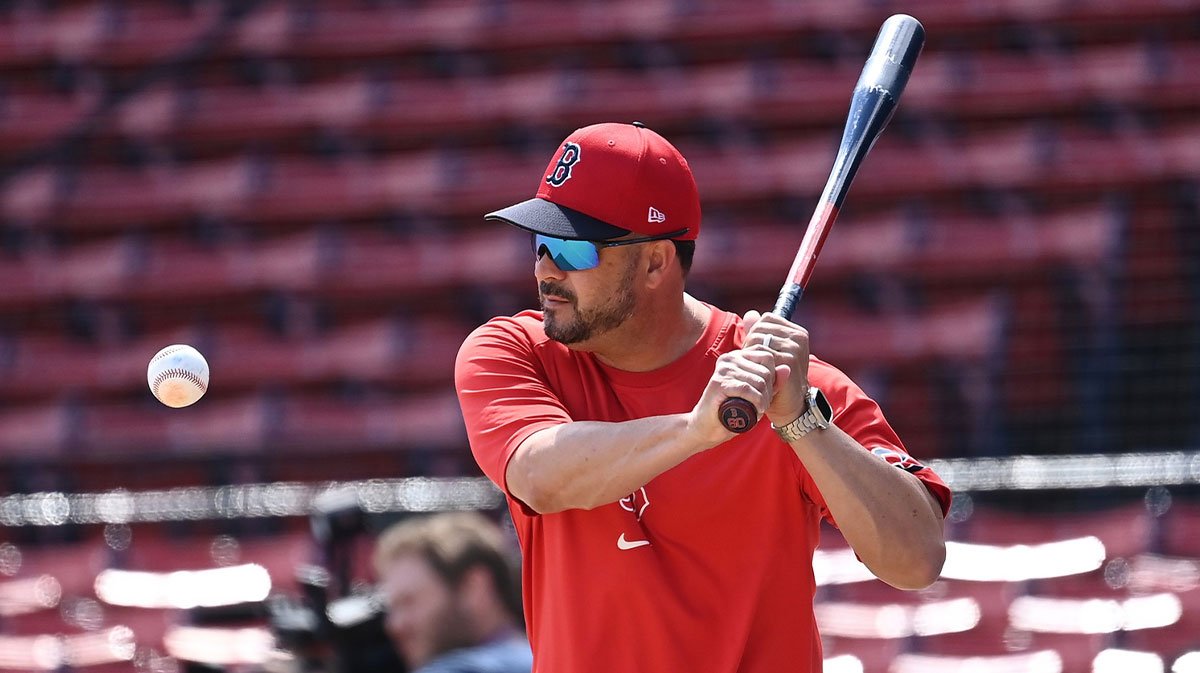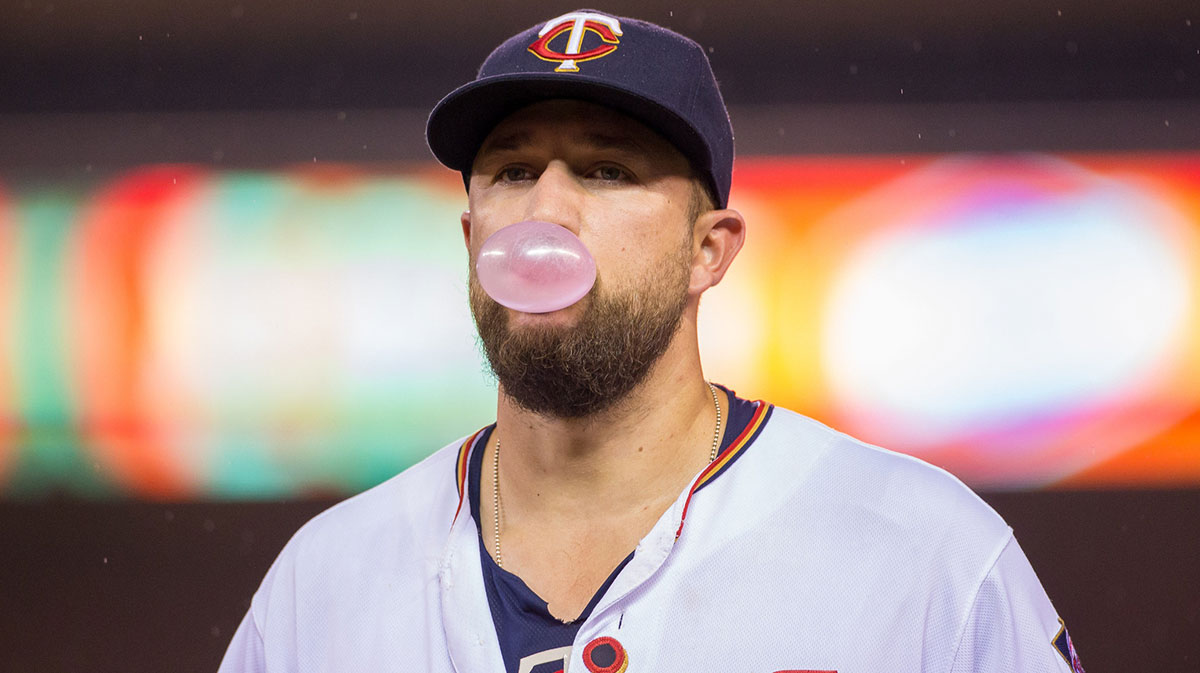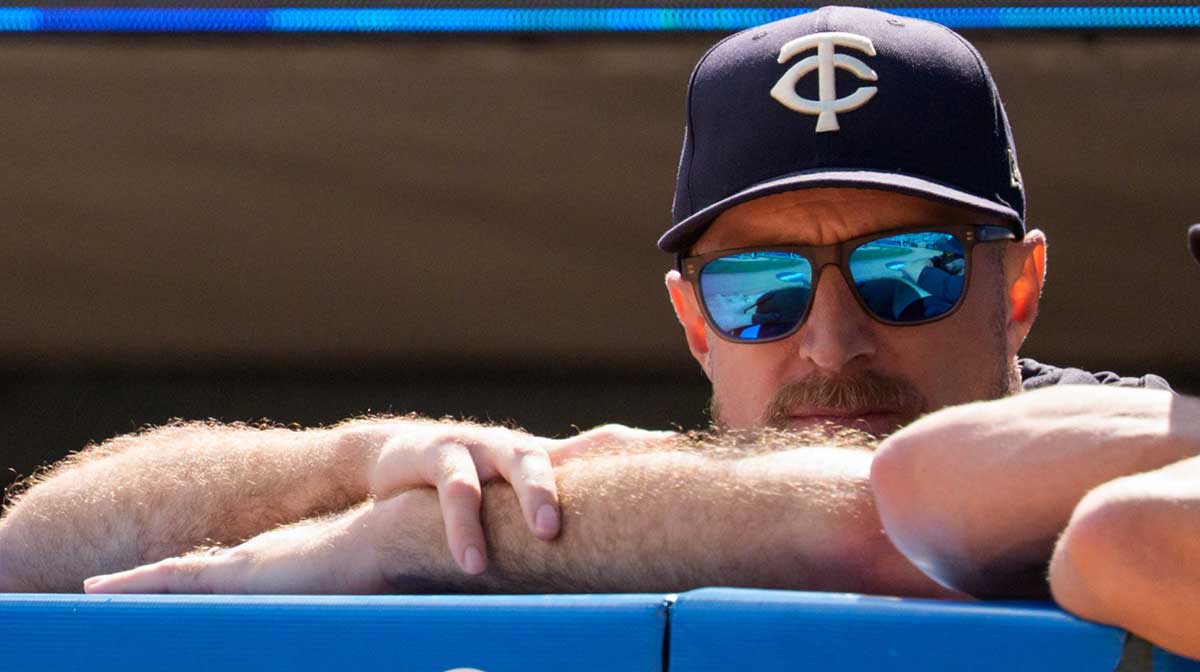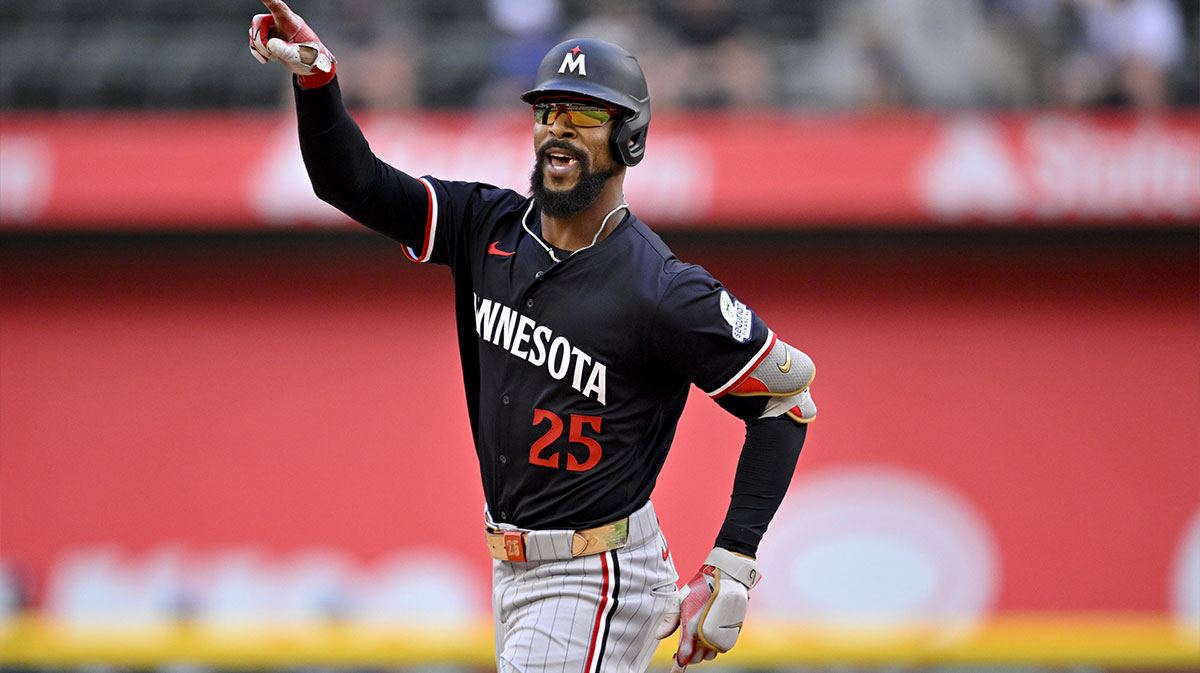The Minnesota Twins' history in the City of Lakes dates back to 1961 when they relocated from Washington, DC. Since then, the franchise has won two World Series crowns and three American League pennants as Hall of Famers, AL MVPs and franchise icons have passed through along the way.
The 10 players listed below represent the best of the best, both from a statistical standpoint and based on their impact on the franchise. You'll find all the expected names on here, including Rod Carew, Harmon Killebrew and Bert Blyleven. But not every player is enshrined in Cooperstown and some are even forgotten when it comes to legendary Twins talk (Chuck Knoblauch, anyone?).
The list is subjective, so it's fair to argue one player should be higher or lower than they appear here — or that they shouldn't be listed at all. However, what is undeniable is that each player holds an important place in Twins history. Check out the gallery to see the greatest Twins players to ever take the field.
1. Rod Carew (1967-85)
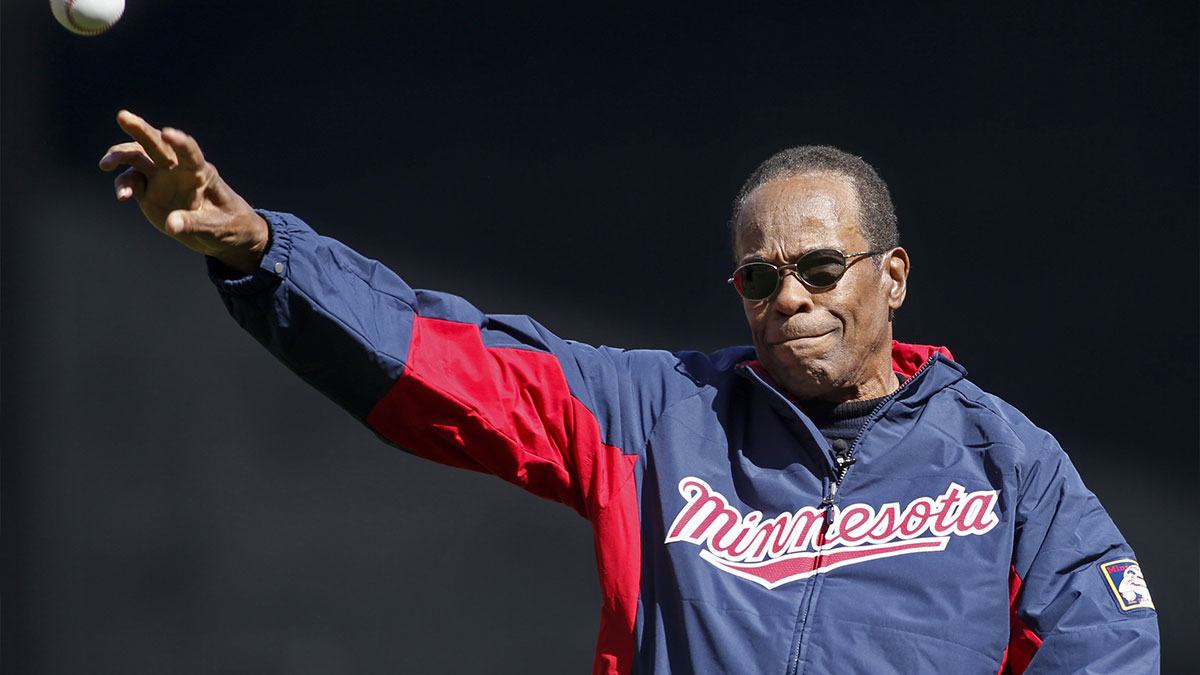
Rod Carew broke in with the Twins in 1967 and was an All-Star every season of his career until the last one in 1985. Yet if it's even possible, the first-ballot Hall of Famer is still under-appreciated in the overall baseball pantheon. Twins fans know it, but it's hard to oversell exactly how good a hitter Carew was. He won seven batting titles, including six in a seven-year span for Minnesota from 1972 to 1978. Carew also led the league in hits three times, triples twice and on-base percentage four times. In fact, he was such a good contact hitter that the American League batting champion officially takes the title of “Rod Carew American League Batting Champion.”
The 1977 AL MVP slashed .388/.489/.570 that season, hitting more triples than home runs (16 to 14), knocking in 100 RBI and leading the league in OPS and OPS+ despite pedestrian power numbers. His .388 batting average was the highest in MLB since Ted Williams also hit .388 20 years earlier.
2. Harmon Killebrew (1961-74)
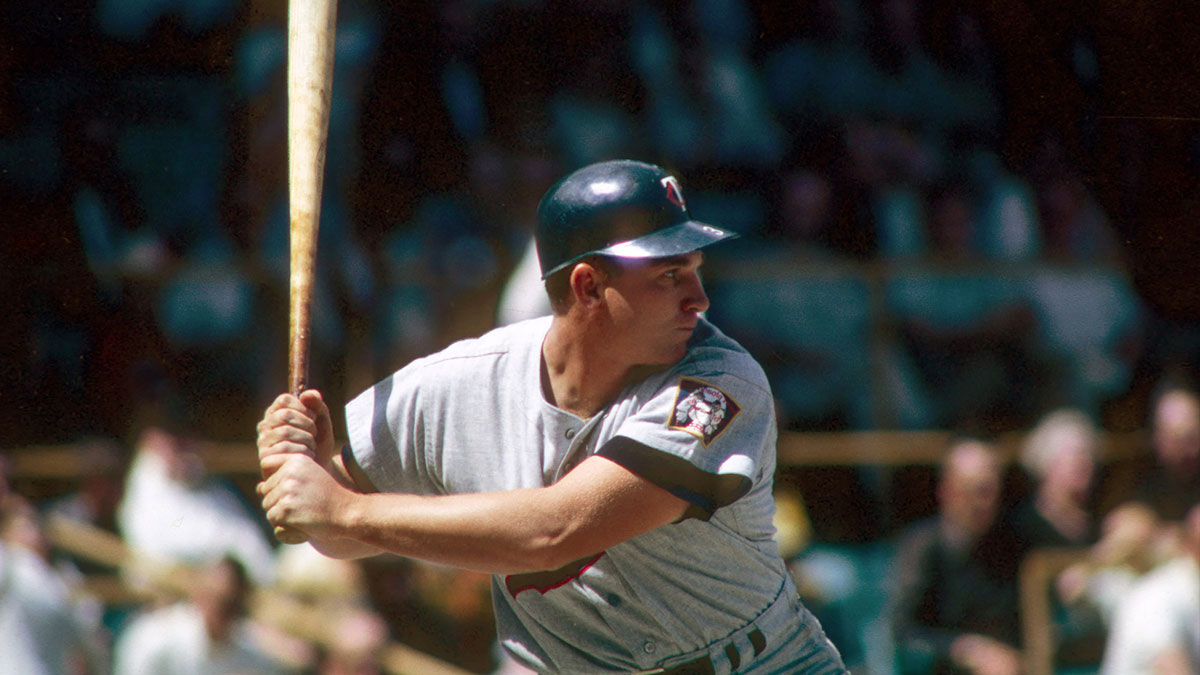
One of the great home run hitters of all-time, Harmon Killebrew was part of the organization when it was still the Washington Senators, moving to Minnesota for his third full season in the majors. Killebrew hit 573 homers in his 22-year career and led the league in long balls six times.
His MVP season came in 1969 when he hit 49 home runs, drove in 140 RBI, walked 145 times and had a .427 on-base percentage.
14 years after his death, Killebrew is still the Twins' all-time home run leader, 266 homers better than Kent Hrbek in second place. He's also the franchise leader in walks, RBI, slugging percentage and OPS. Killebrew was elected to the Hall of Fame in 1984, remarkably taking him four years on the ballot to get there.
3. Kirby Puckett (1984-95)
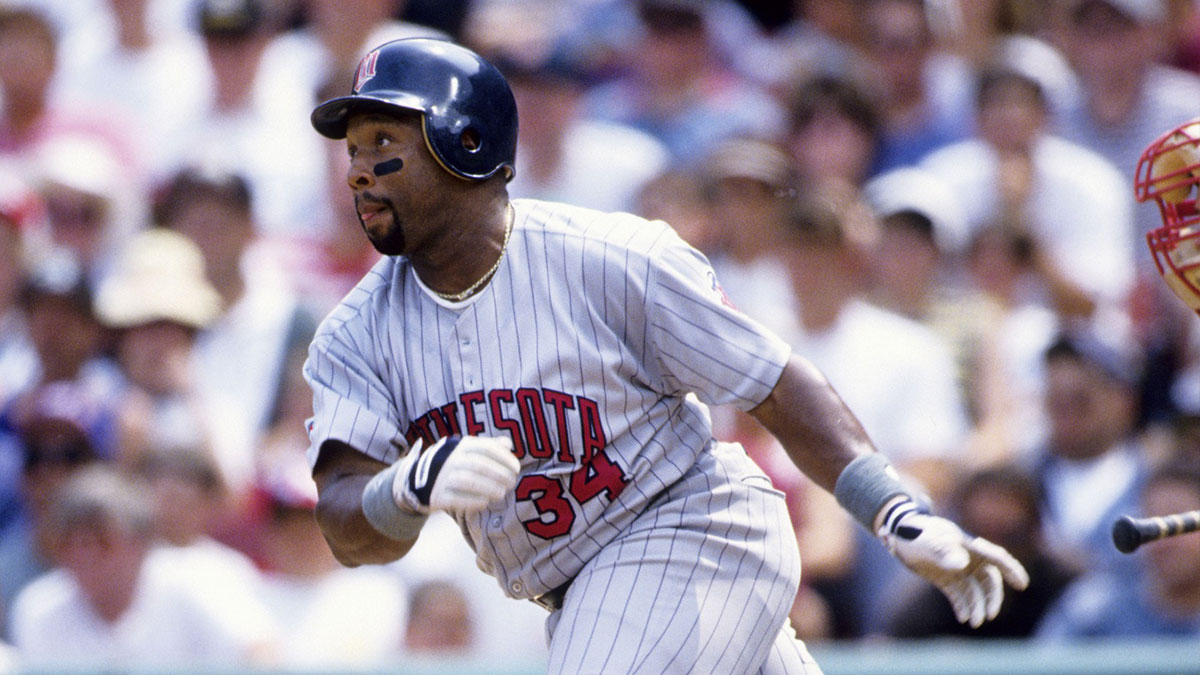
A better contact hitter than Killebrew and with more power than Carew, Kirby Puckett had everything you could want from a Major League hitter. He made 10 All-Star games during his Hall of Fame career and was just as good with his glove as he was with his bat, winning six Gold Gloves and Silver Sluggers each. Puckett also has a batting title to his name and led the league in hits four times.
Known as one of the most popular athletes ever in Minnesota, regardless of sport, Puckett played all 12 of his Major League seasons with the Twins. He retired in 1996 at age 35 when glaucoma took the vision in one of his eyes. He was elected to the Hall of Fame in 2001 and died just five years later of a cerebral hemorrhage.
4. Bert Blyleven (1970-76; 1985-88)
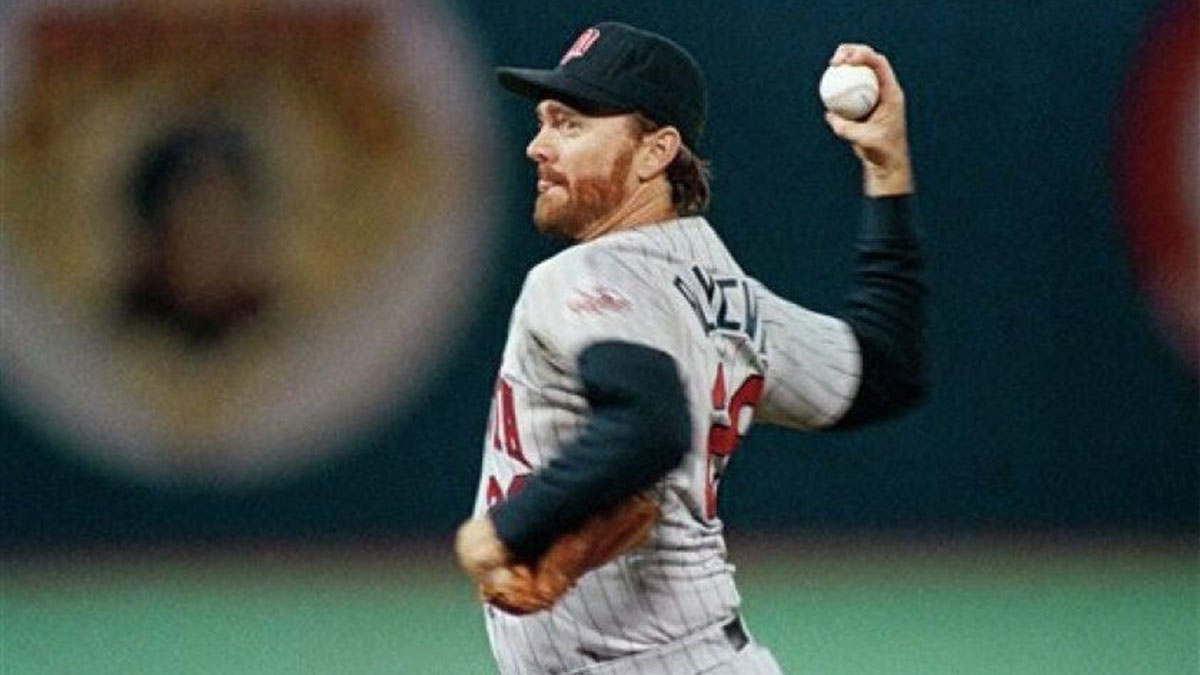
Bert “Be Home” Blyleven was a Major Leaguer from 1970 to 1992, meaning he played at the same time as both Bob Gibson and Bernie Williams. Even though he didn't spend his entire career with Minnesota, his longevity has put him near the top of a lot of the franchise's all-time pitching lists. He ranks third in Twins history in wins, second in strikeouts and third in shutouts.
Most importantly to Twins fans, Blyleven started two games in the 1987 World Series, giving up four runs in 13 innings as Minnesota won its first-ever World Series. It took 14 ballots, but he was finally elected to the Hall of Fame in 2011.
5. Joe Mauer (2004-18)
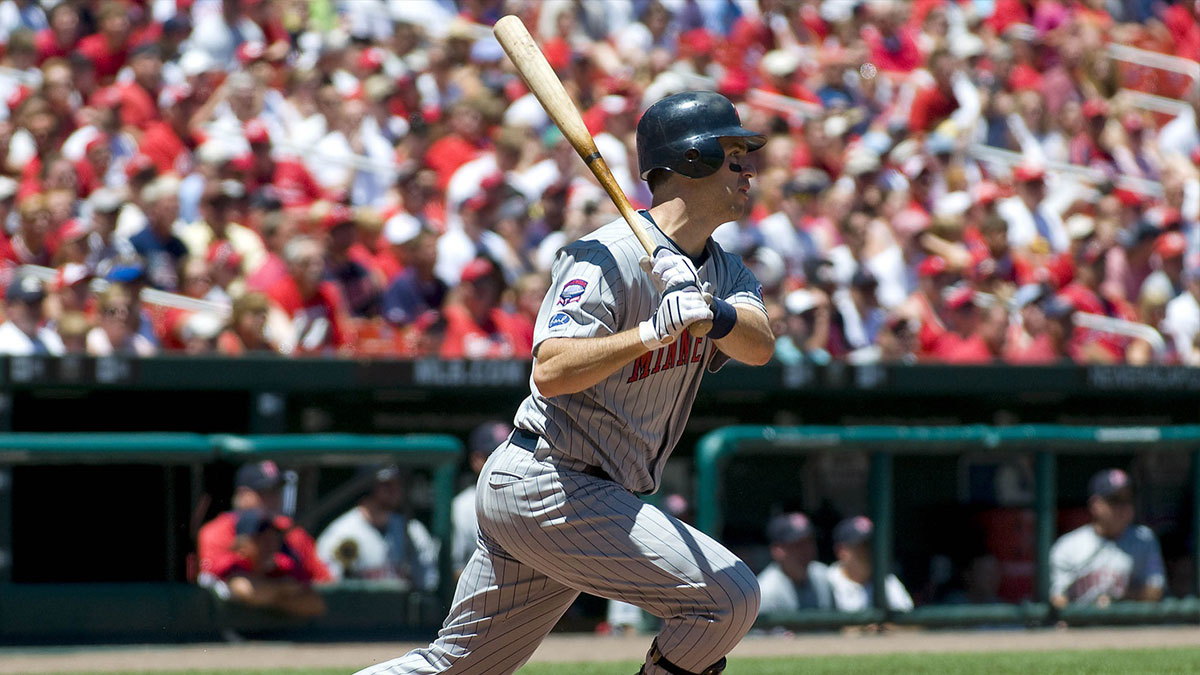
When you think of the post-90s Twins, Joe Mauer is probably the first name the comes to mind. One of the best hitting catchers in baseball history, Mauer won three batting titles, all while catching full-time. His MVP season came in 2009 when he lit up the American League, slashing .365/.444/.587 with 28 home runs. Sadly, concussions forced him from behind the dish to first base in 2013, where he finished out his career. He didn't go quietly, however, hitting .285 with a 110 OPS+ in his final six seasons — a far cry from his prime, but still solid.
Unfortunately for Mauer, his heyday came at a time when the Twins were consistently good-not-great. Minnesota finished above .500 in six of his first seven seasons but won just a single playoff game in his entire career — the first one he played. From 2004 to 2022, the Twins went a remarkable 1-18 in the postseason.
6. Tony Oliva (1962-76)
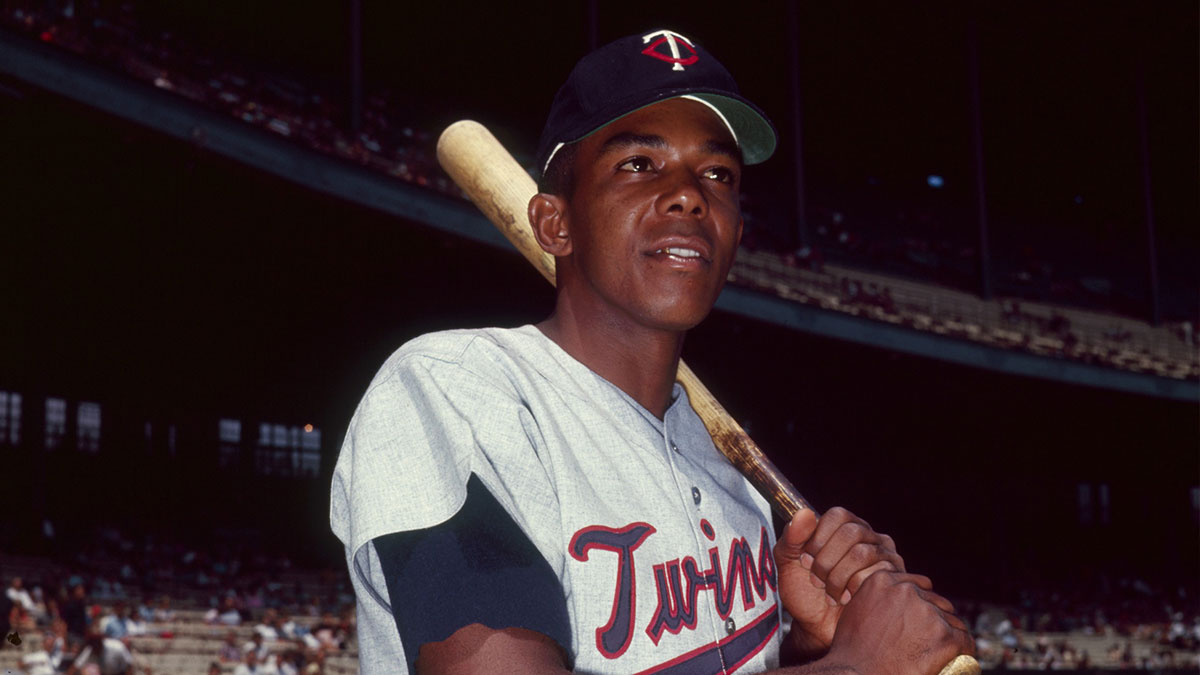
With Tony Oliva's prime coming in the 1960s and early 70s, it's easy for him to be overshadowed by the likes of Carew and Killebrew. But don't sell him short. Between his Rookie of the Year award, eight All-Star nods, three batting titles and five times leading the league in doubles, he did plenty to make himself one of the greatest Twins of all-time.
Oliva also has a couple baseball firsts to his name. In 1964, he became the first player to ever win AL Rookie of the Year and the league's batting crown in the same season. He's also the first player to ever win back-to-back batting titles, which he did in his first two seasons in the Majors.
7. Kent Hrbek (1981-94)
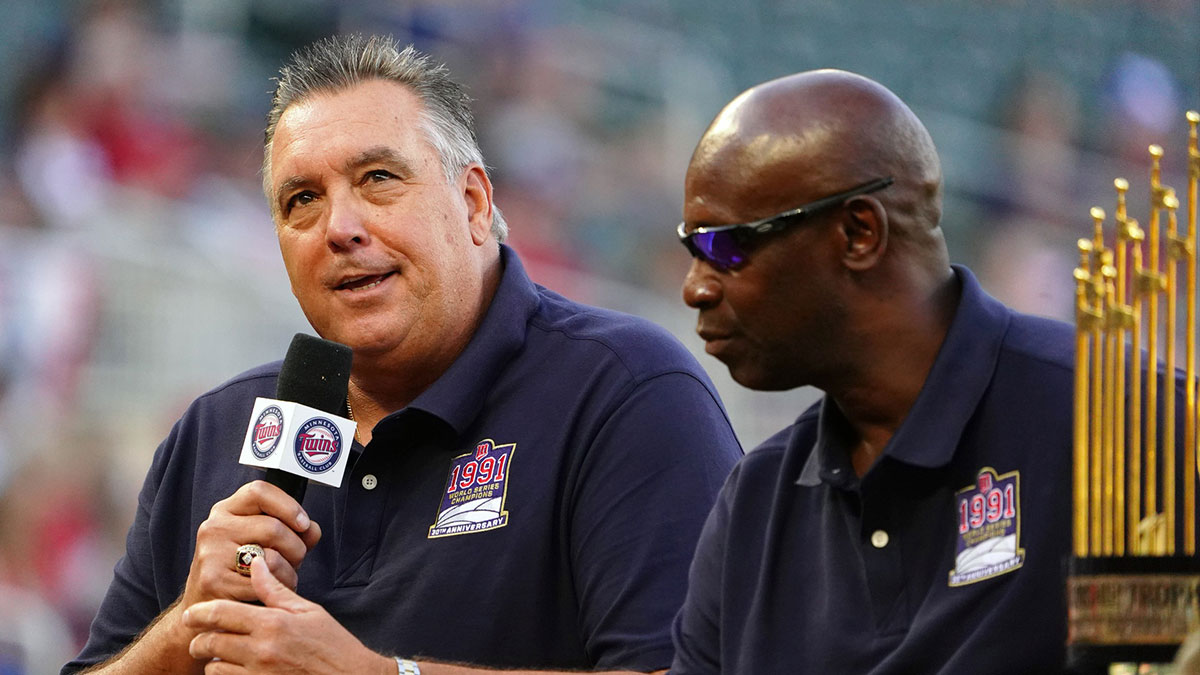
What Kent Hrbek lacked in vowels he made up for on the field. The mark of consistency during his 14-year career, Herbie never hit for an OPS below .795 in a full season while his batting average never dipped below .267 until the final years of his career.
Hrbek's greatest contributions to Twins history, however, came on the sport's grandest stage. In Game 6 of the 1987 World Series, he hit a grand slam off of St. Louis Cardinals pitcher Ken Dayley to break the game open. Minnesota won the series in 7. Four years later in the eighth inning of a scoreless World Series Game 7 against the Atlanta Braves, he teamed up with catcher Brian Harper to turn a 3-2-3 double play to keep Atlanta off the board. The Twins won in 10 innings.
8. Johan Santana (2000-07)
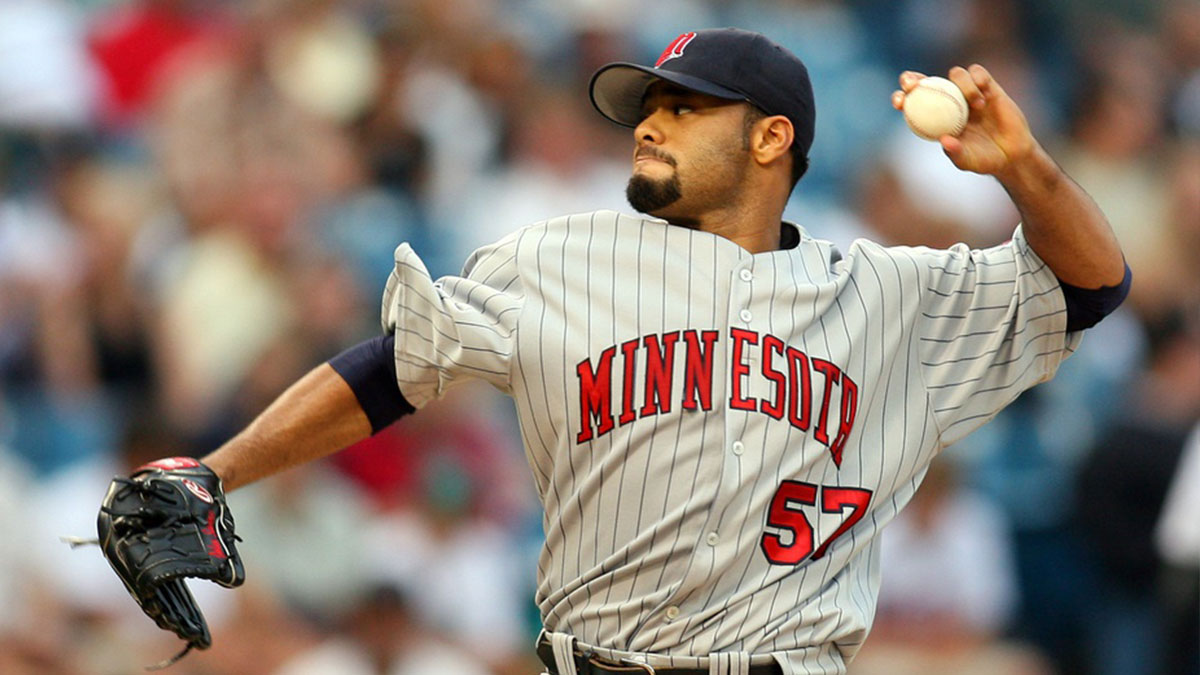
Nearly 20 years after he left Minnesota, it's easy to forget exactly how dominant Johan Santana was. In an era where offense ruled the landscape, Santana threw three consecutive seasons with a sub-3.00 ERA from 2004 to 2006. He led the AL in strikeouts each of those years as well, winning two Cy Young awards in that span.
Though Santana might be best known for firing the first no-hitter in New York Mets history, the Twins legend ranks sixth in Minnesota franchise history in strikeouts, fifth in WHIP and third in opponent's batting average. The 2006 pitching triple crown winner was inducted in to the Baseball Hall of Fame in 2022.
9. Chuck Knoblauch (1991-97)

How things ended with Knoblauch in Minnesota makes it understandable if Twins fans don't immediately think of him as a top-10 player. In seven seasons with the Twins, he hit .304 with an .807 OPS, leading the league in doubles and triples once apiece. His best season came in 1996 when he hit .341 with a .965 OPS, 14 triples and 45 stolen bases. But in the hard-hitting 1990s, that was only enough to place him 16th in MVP voting.
That 1996 season came between Knoblauch's two Silver Slugger wins in 1995 and 1997, his final season in Minnesota. He went on to win three World Series with the New York Yankees, giving him four total rings thanks to his Rookie of the Year campaign on the Twins' 1991 title team.
10. Brad Radke (1995-06)
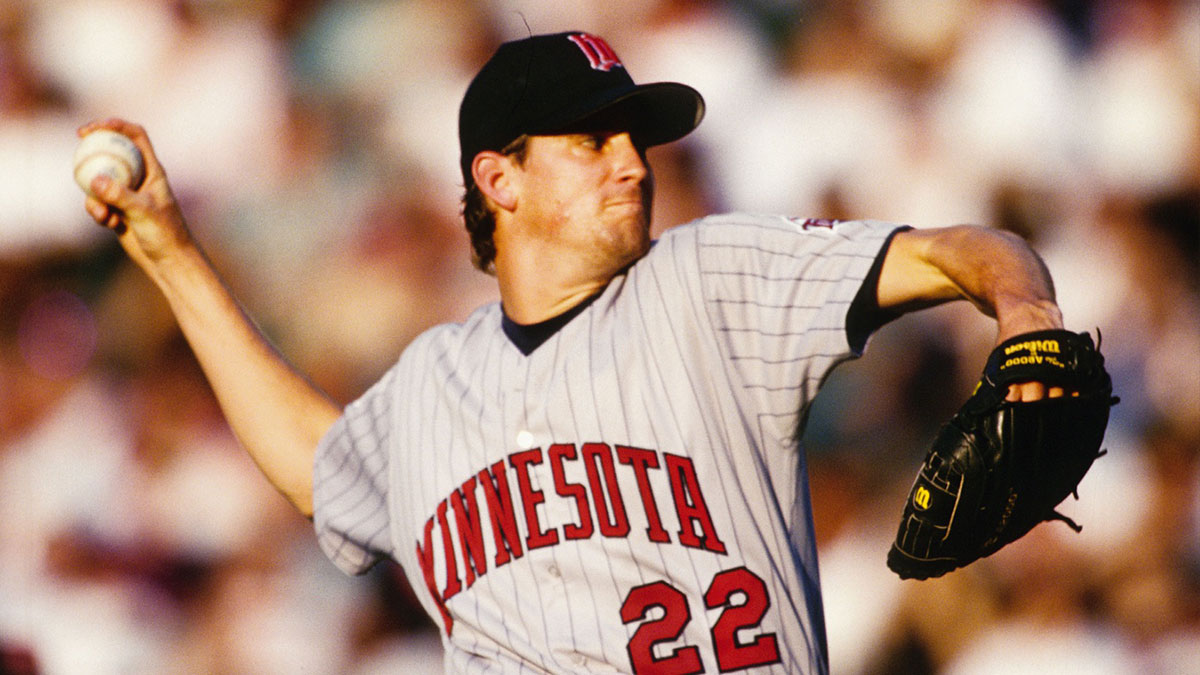
I don't blame you if you did a double-take on this one. Brad Radke's numbers don't exactly scream “top in franchise history,” but in context, it makes a lot more sense. Radke started an average of 34 games a season from 1995 to 2006, pitching to a 113 ERA+ in his 12-year career. Pitching through the heart of the steroid era, Radke's 2000 season may be the best demonstration of his effectiveness, despite the numbers. That year, he had a 4.45 ERA, took 16 losses and allowed 10.4 hits per nine innings. Still, he pitched to a 116 ERA+ and had a bWAR of 6.2.
Known for his elite control, Radke walked an average of 1.6 batters per nine innings throughout his career, making his propensity to give up the home run a little more palatable.

